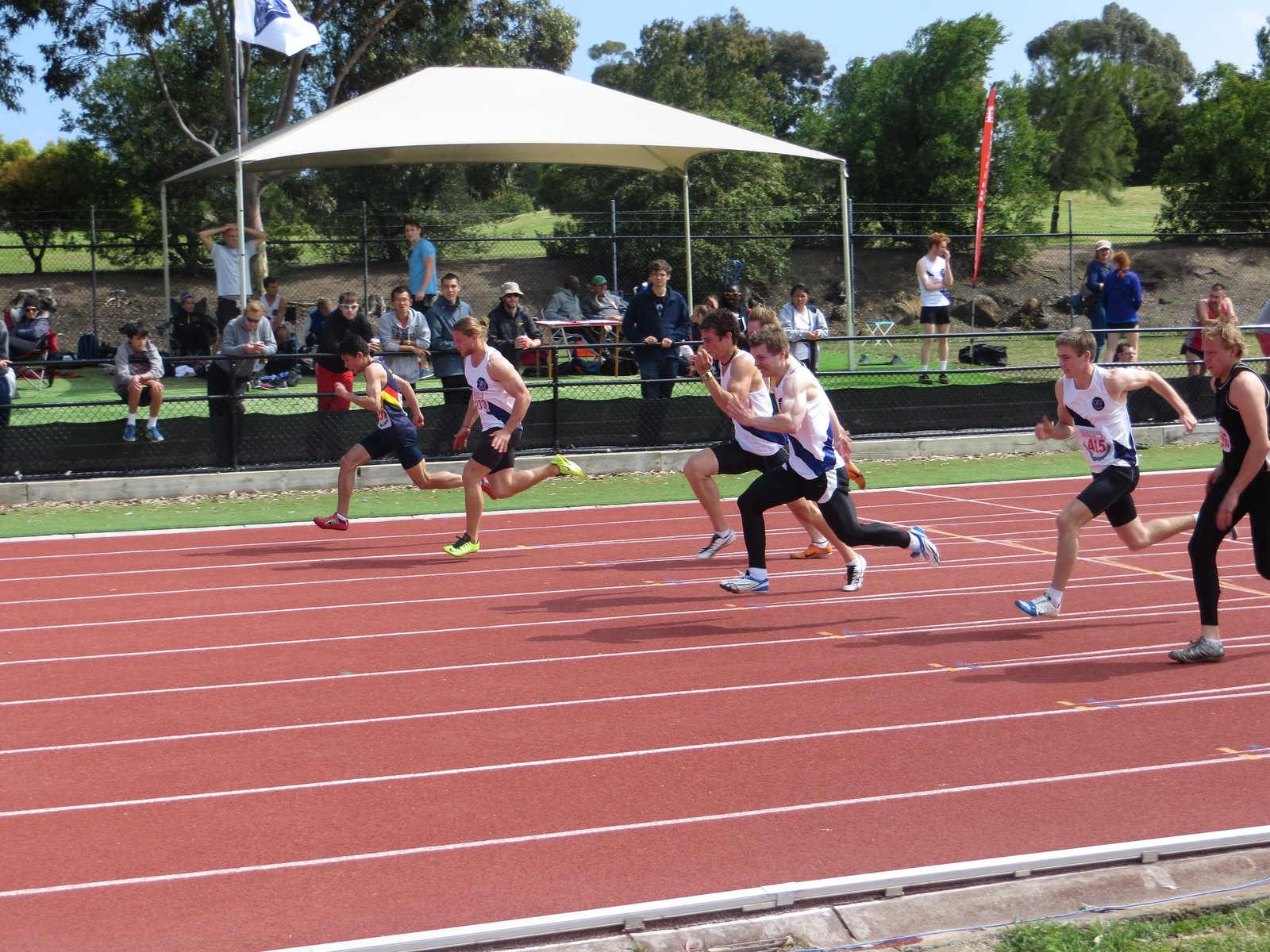Wow haven't updated in awhile. Just being lazy really, been a bit demotivated with no gym!
Ran last Saturday. Did the 100m, high jump and long jump. It was a bit of a mess. The high jump started about 40mins before the 100m. I scissored 1.31m pretty easily and was looking forward to getting up to 1.50-1.60m, but they called the 100m so I went over. The electric timing was stuffing up though so we ended up waiting about 40mins (!!) before we ran. I was in heat 4 and by the time we got on the blocks I was just not in a good state to run. Ended up running a crappy 12.3ht, and annoyingly I missed the rest of the high jump because the 100m took so long. Did one long jump but it was rubbish. So overall a pretty crap day. My tib-fib pain had been improving though, only hurt a bit during warmups.
Because I don't have a gym at the moment I did two sessions at home. In a bit of a weird spot with no regular gym for a little bit. My plan was to repeat the power block that got disrupted initially for 3 weeks then test but that's kind of gone out the window unfortunately. Oh well. Time to transition into more jumps and less gym anyway.
Gym x 2:Dynamic warmup/foam roll etc.
SL squats: 2x5/leg@~5kgs, 2x5/leg@~15kgs
UB, core
15 minutes of HIIT on spin bike (this felt pretty hard, really got a good lactic burn going. Might be a good way to get overall fitness up).
Track:Dynamic warmup
4x15m falling starts
100, 200, 300, 150, 100 (80-90%)
Pullups: 3x8
This was pretty good way to get my special endurance work going. I also talked to the club coaches who rocked up as I was finishing and they train Mondays and Thursdays. I think I will start training with them as soon as I move closer (two weeks). Probably do one sprint session and one jumps session (long jump and high jump). So next block will look something like:
Monday: track
Tues: gym
Wed: rest
Thurs: track
Fri: rest
Sat/Sun: either compete or maybe do gym/jumps
I also went to the physio to follow up my tib-fib pain. Basically, it had stopped pinching at the side of my knee during sprints, but the joint itself still felt quite sore. He thought maybe it was just residual inflammation that wasn't clearing properly and put me on 25mg Voltaren for about 4 days. Seems to have done the trick, sprinted last night with no real issues and feel good today.
Here's me running on Sat (in tights). Decent start but I faded bad...
